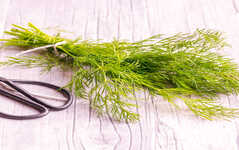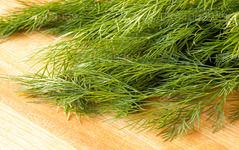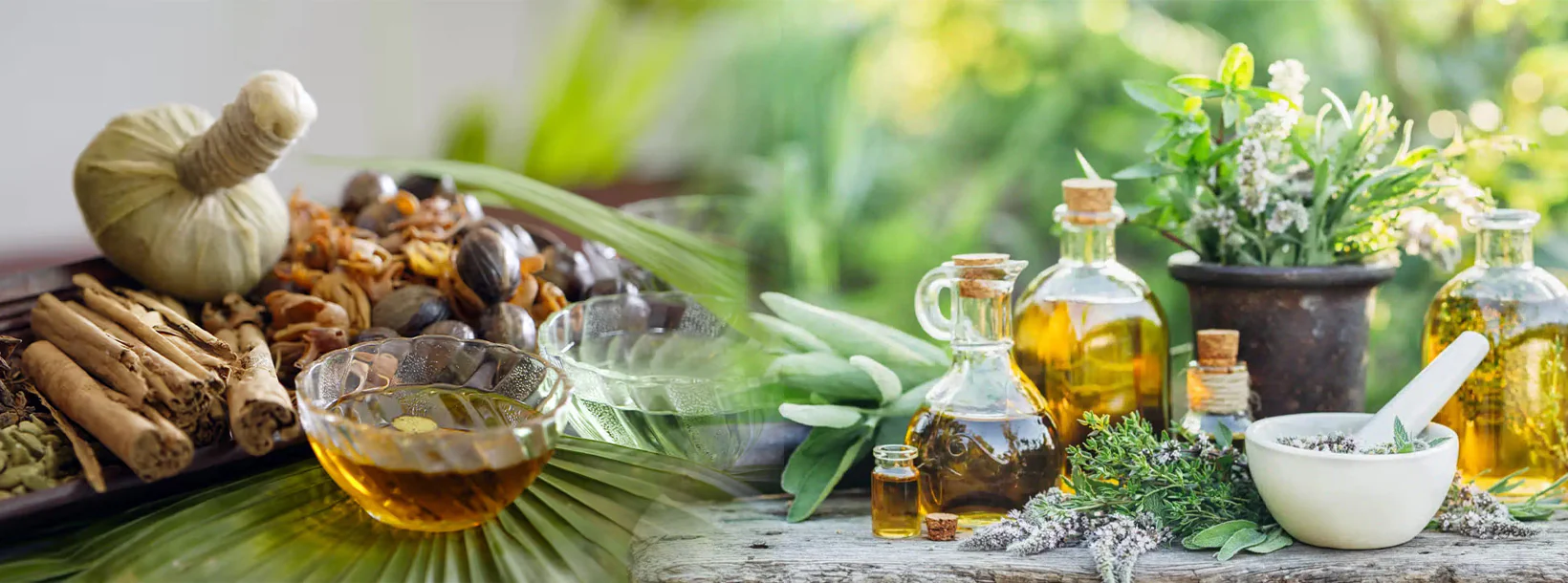
Ayurvedic Medicinal Plants
Sri Lanka's Ayurvedic tradition features a rich variety of medicinal plants used for centuries. Sri Lanka has a rich tradition of Ayurvedic medicine, drawing on its indigenous knowledge and a variety of medicinal plants. Here are some notable Ayurvedic medicinal plants found in Sri Lanka:
Dill

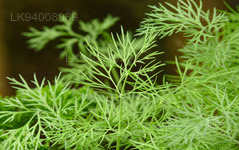
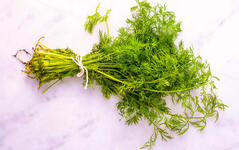
Description
Providing a tangy addition to pickles, salad dressing and fish dishes, fresh dill is available at markets during the summer and early fall while dried dill is available throughout the year.
Dill is a unique plant in that both its leaves and seeds are used as a seasoning. Dill's green leaves are wispy and fernlike and have a soft, sweet taste. Dried dill seeds are light brown in color and oval in shape, featuring one flat side and one convex ridged side. The seeds are similar in taste to caraway, featuring a flavor that is aromatic, sweet and citrusy, but also slightly bitter.
Dill's name comes from the old Norse word dilla which means "to lull." This name reflects dill's traditional uses as both a carminative stomach soother and an insomnia reliever. Dill is scientifically known as Anethum graveolens and is part of the Umbelliferae family, whose other members include parsley, cumin and bay.
History
Dill is native to southern Russia, western Africa and the Mediterranean region. It has been used for its culinary and medicinal properties for millennia. Dill was mentioned both in the Bible and in ancient Egyptian writings. It was popular in the ancient Greek and Roman cultures, where it was considered a sign of wealth and was revered for its many healing properties. Dill was used by Hippocrates, the father of medicine, in a recipe for cleaning the mouth. Ancient soldiers would apply burnt dill seeds to their wounds to promote healing.
The curative properties of dill have been honored throughout history. The Conqueror Charlemagne even made it available on his banquet tables, so his guests who indulged too much could benefit from its carminative properties. Today, dill is a noted herb in the cuisines of Scandinavia, Central Europe, North Africa and the Russian Federation.
How to Select and Store
Whenever possible, choose fresh dillweed over the dried form of the herb since it is superior in its delicate fragrant flavor. The leaves of fresh dill should look feathery and green in color. Dill leaves that are a little wilted are still acceptable since they usually droop very quickly after being picked.
Even through dried herbs and spices are widely available in supermarkets, explore the local spice and ethnic stores in your area. Oftentimes, these stores feature an expansive selection of dried herbs and spices that are of superior quality and freshness compared to those offered in regular markets. Just like with other dried herbs, try to select organically grown dill seeds since this will give you more assurance that the spice has not been irradiated.
Fresh dill should always be stored in the refrigerator either wrapped in a damp paper towel or with its stems placed in a container of water. Since it is very fragile, even if stored properly, dill will only keep fresh for about two days. Dill can be frozen, either whole or chopped, in airtight containers. Alternatively, you can freeze the dill leaves in ice cube trays covered with water or stock that can be added when preparing soups or stews.
Dried dill seeds should be stored in a tightly sealed glass container in a cool, dry and dark place where they will keep fresh for about six months.
-

Ankenda
Acronychia pedunculata -

Beli
Aegle marmelos -

Bakmi
Nauclea orientalis -

Bangwel-geta
Coscinium fenestratum -

Bukinda /Walkinda
Tinospora malabarica -

Bu- kobbe
Allophylus cobbe -

Dodan –kaha
Memecylon capitellatum -

Diyamitta
Cissampelos pareira -

Embul dodan
Citrus aurantium -

Gas nidikumba
Biophytun reinward -

Hintambala
Carmona microphylla -

Goraka
Garcinia cambogia -

Karapincha
Murraya koenigii -

Keppetiya
Croton laccifer -

Kohomba
Azadirachta indica -

Kotikan-bevila
Sida alba -

Kudumiris (Forest paper)
Toddlia asiatica -

Kurundu
Cinnamomum zeylanicum -

Mahakaramba
Carissa carandas -

Muna mal
Mimusops elengi -

Nelli
Phyltanthus emblica -

Puwak
Areca catechu -

Rath mal
Ixora coccinea -

Eepatta / Ruk - anguna
Alangium salviifolium -

Siyambala
Tamarindus indica -

Walangasal / Wal-embilla
Embelia ribes -

Wal Karapincha
Micromelum ceylanicum -

Welangiriya
Paramignya monophylla
Ayurvedic and Herbal
-
Siddhalepa Ayurveda Herbal Balm
Regular price From 2,00 lei RONRegular priceUnit price / per -
Lakpura Wildcrafted Soursop (Guanabana, Graviola, Guyabano) Dehydrated Leaves Whole
Regular price From 14,00 lei RONRegular priceUnit price / per -
Link Swastha Triphala
Regular price From 9,00 lei RONRegular priceUnit price / per -
Sethsuwa Pranajeewa Oil
Regular price From 15,00 lei RONRegular priceUnit price / per


